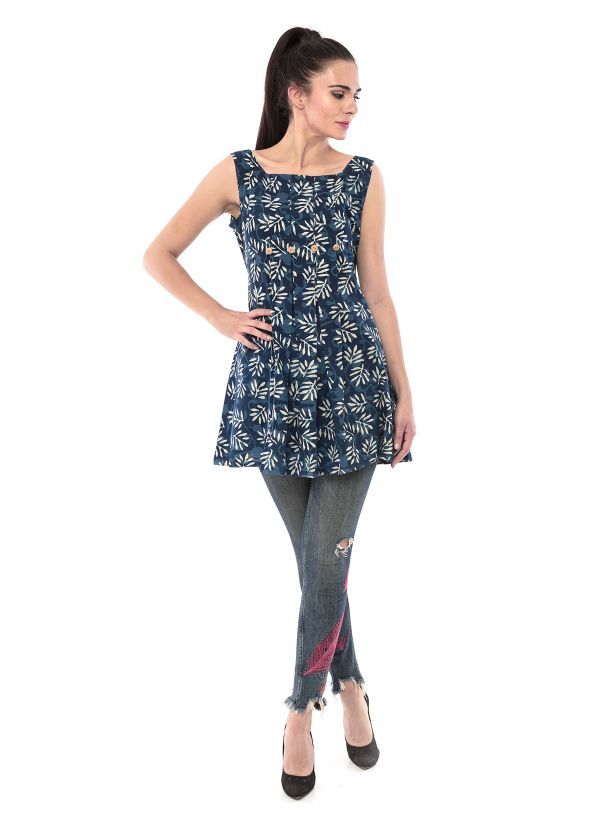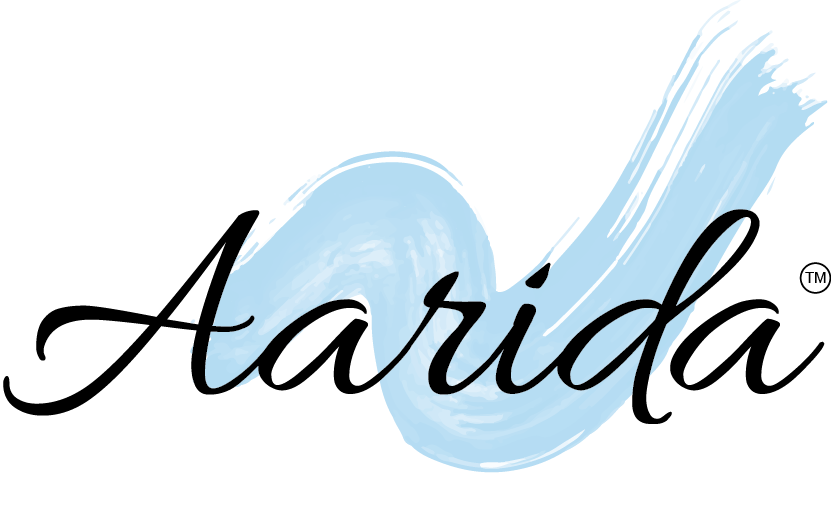Indigo plant, named as "Indigofera tinctoria", was discovered around 1600s (B.C.). Indigo coloring material (dye stuff), extracted from its leaves, had been employed in varied primitive coloring processes for years.
In 1880's, the primary artificial (unnatural) indigo dye was developed by German chemist Adolf von Baeyer. He known the chemical structure of indigo, once decennium, artificial indigo was marketed. This has triggered off the indigo coloring developments as a results of improvement in denim wear. In ancient years, indigo coloring material was fermented in picket vats. This method that is named as "vatting", is meant to be the origin of vat dyes. Fastness is that the resistance of cloth to the action of external influences, like light-weight, washing, crocking, perspiration, acids, alkalies, etc. Indigo is meant to possess honest light-weight fastness, sensible perspiration fastness and bad crocking fastness.
In ancient years, indigo coloring material was fermented in picket vats.

Properties of Indigo coloring material
Indigo coloring material that is assessed as vat color is insoluble in water and has no affinity to the fibre. They need poor laundry fastness that lets the colour of denim cloth to alter naturally. Indigo creates living colors on materials. Indigo coloring material will never absolutely penetrate into the fibre, since its molecule is thus massive and it solely adheres to the surface and remains at outer surface of the fibre. The within stays white. It abrades or fades frequently. This character of indigo lets denim cloth to possess its final look with differing kinds of laundry and finishing applications. It allows denim cloth to response to finishing applications that provides a true life to the material. Indigo dye ought to be classified into 2 completely different chemical forms:
- Natural type, insoluble in water (cannot dye the fibre)
- Leuco form, soluble in water (can dye the fibre)
In natural type, indigo coloring material features a color of blue however once reduced to leuco type, the solution colour turns to yellow.

What is reduction-oxidation?
In order that indigo is ready to dye the fibre, it has to be activated (leuco-form). In alternative words, indigo ought to be regenerated into soluble type and also the affinity to fibre ought to be accrued. Some chemical reactions area unit necessary for changing indigo to leuco type. These reactions area unit known as "reduction". Reduction takes place in bound conditions with the presence of hydrosulfite ini alkali medium. To stay the solution alkali (basic), caustic (NaOH ) is employed.
After reducing and coloring, dyed ropes need to be aerated so the dye and fibre are fastened along. This method is named "oxidation".
However, the reduced, leuco type of indigo, has low affinity for the fiber. Therefore, a lot of dips (in number) are needed to realize smart indigo coloring.



Takeaway
Vatting is the chemical reduction method that is that the origin of vat dyes. Penetration is the ability of colour to diffuse or get into the fibre. Affinity is the attraction or force between colour and fibre that causes them to mix/combine.

